There’s nothing quite like a day out on some of the planet’s snowiest peaks, especially on a pair of skis or your very own snowboard. At Gear.com, we understand just how exhilarating the backcountry can be, which is why we “climb every mountain” sourcing the best products that help take your ski experiences to a newer level. Whether you’re an expert or a noob, you have a right to enjoy our planet’s great outdoors with equipment and tools that help boost your passion for alpine activities. We take our support a step further with detailed how-to guides that are informative no matter your expertise level. Before you hit the slopes, here are some tips about backcountry skiing etiquette, safety and more to know before you go (KBYG).





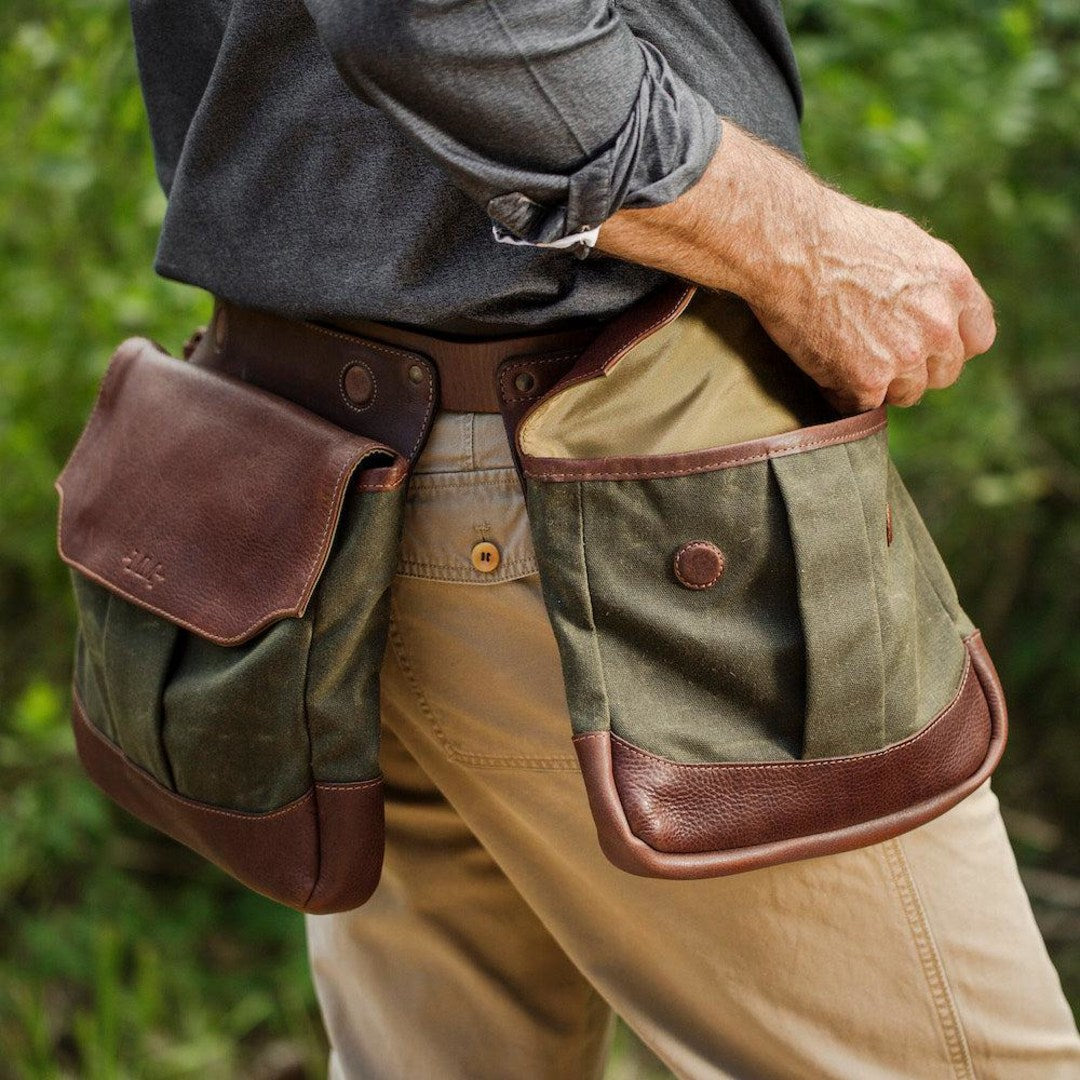
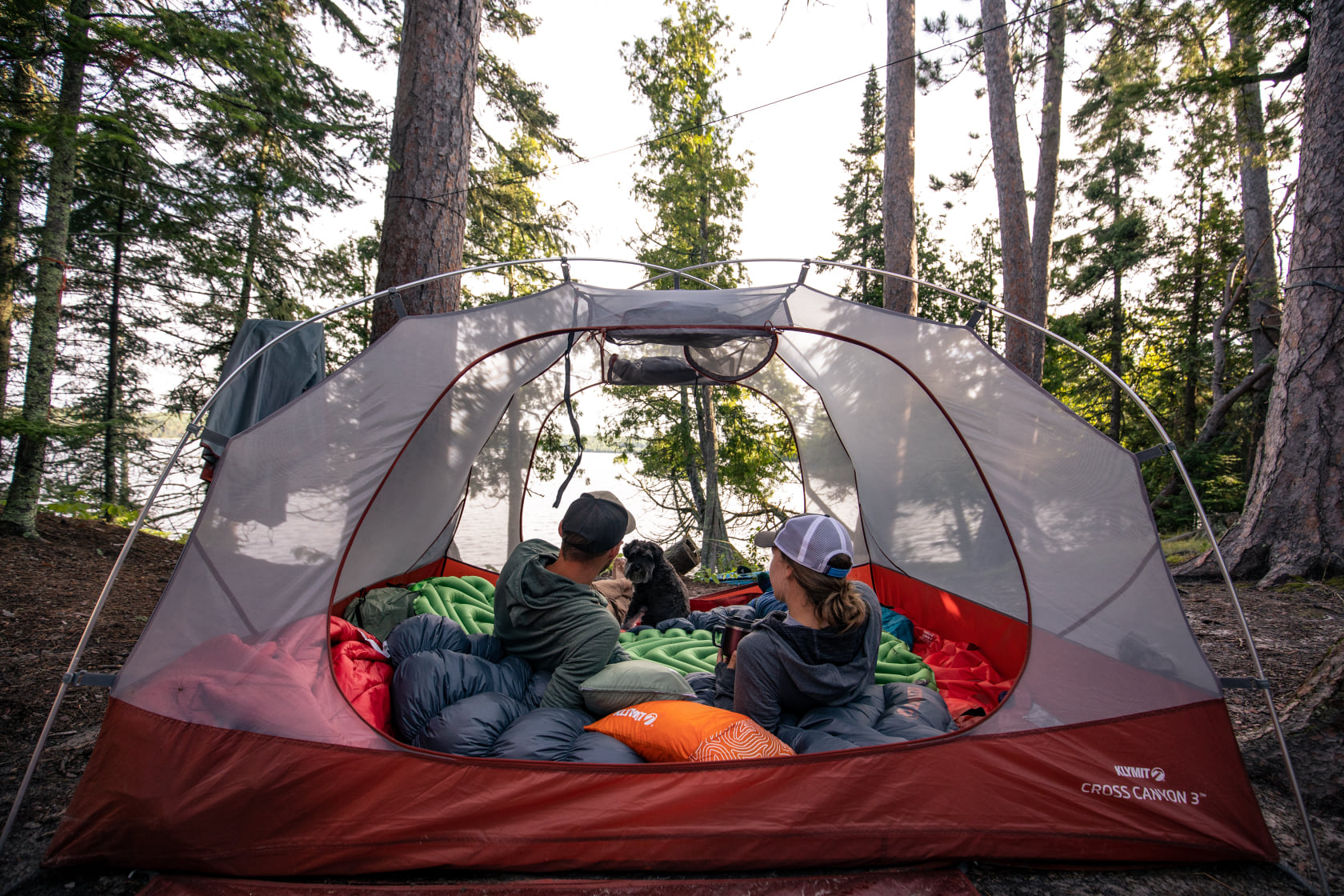

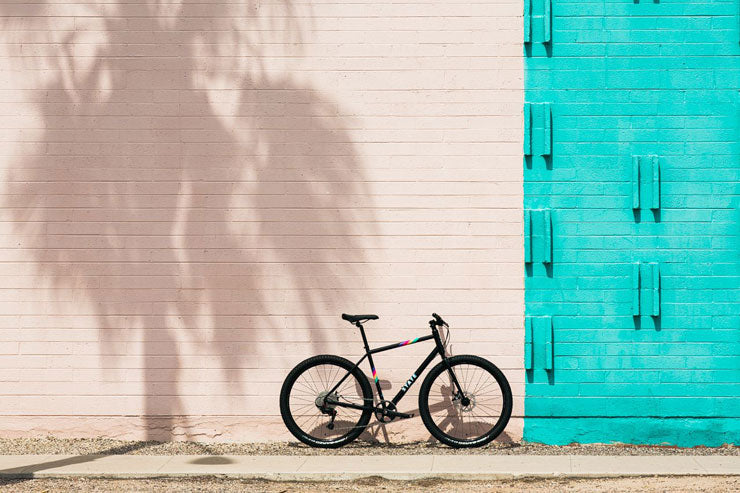


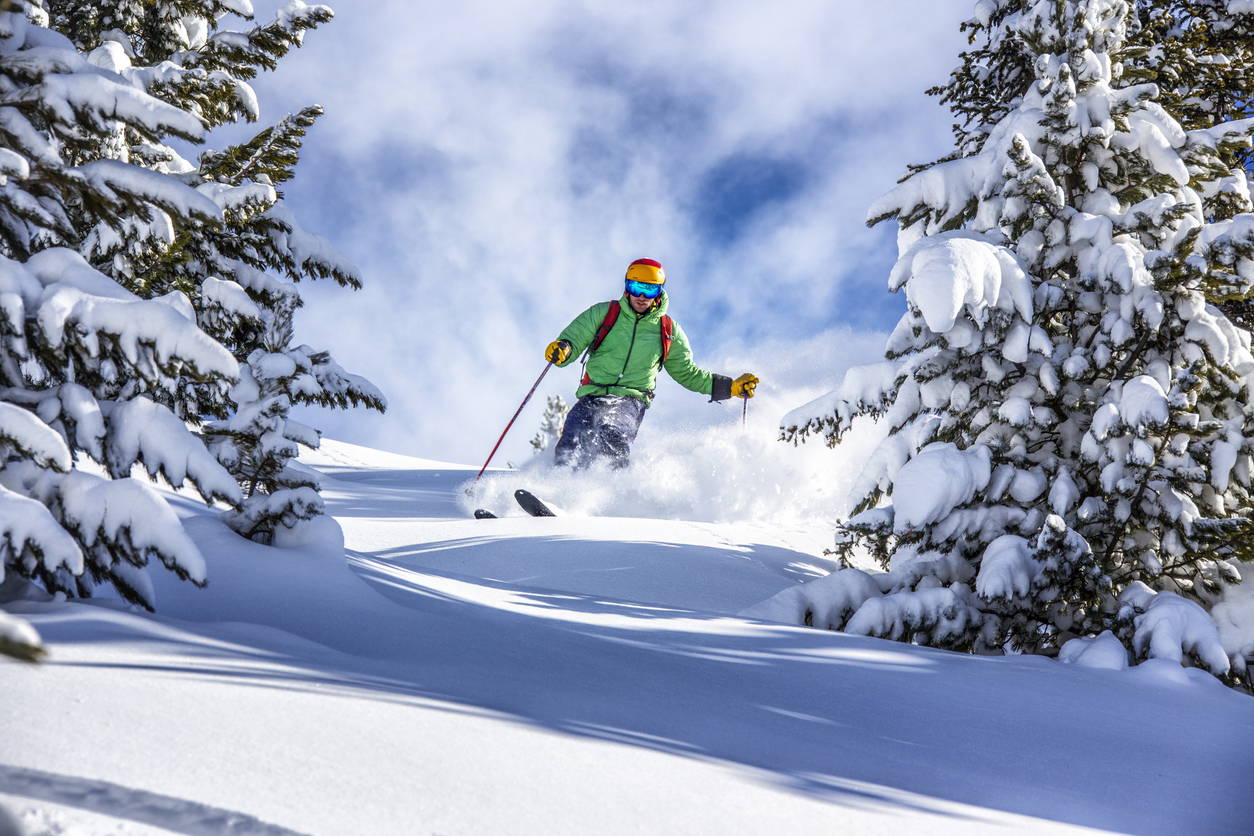

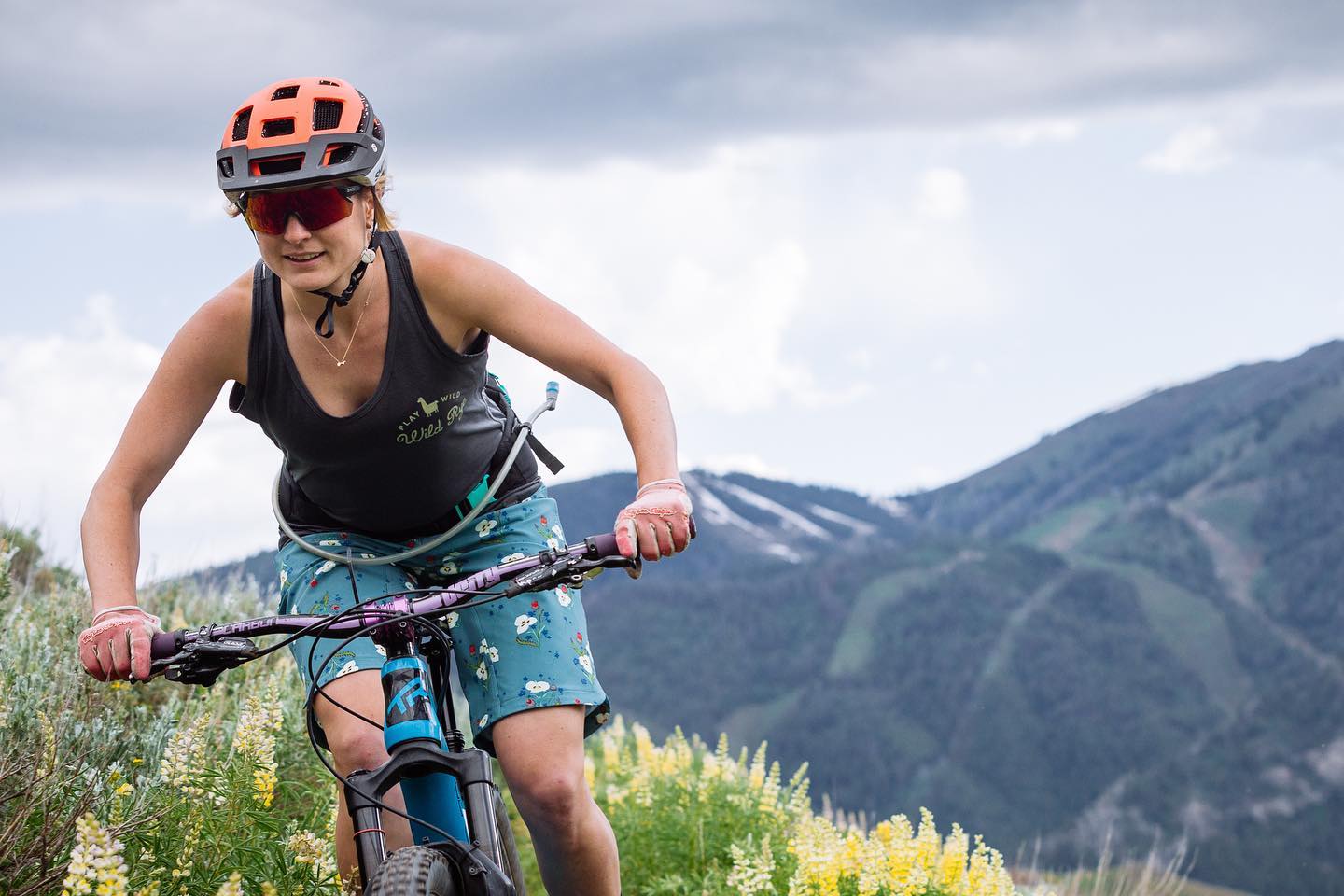
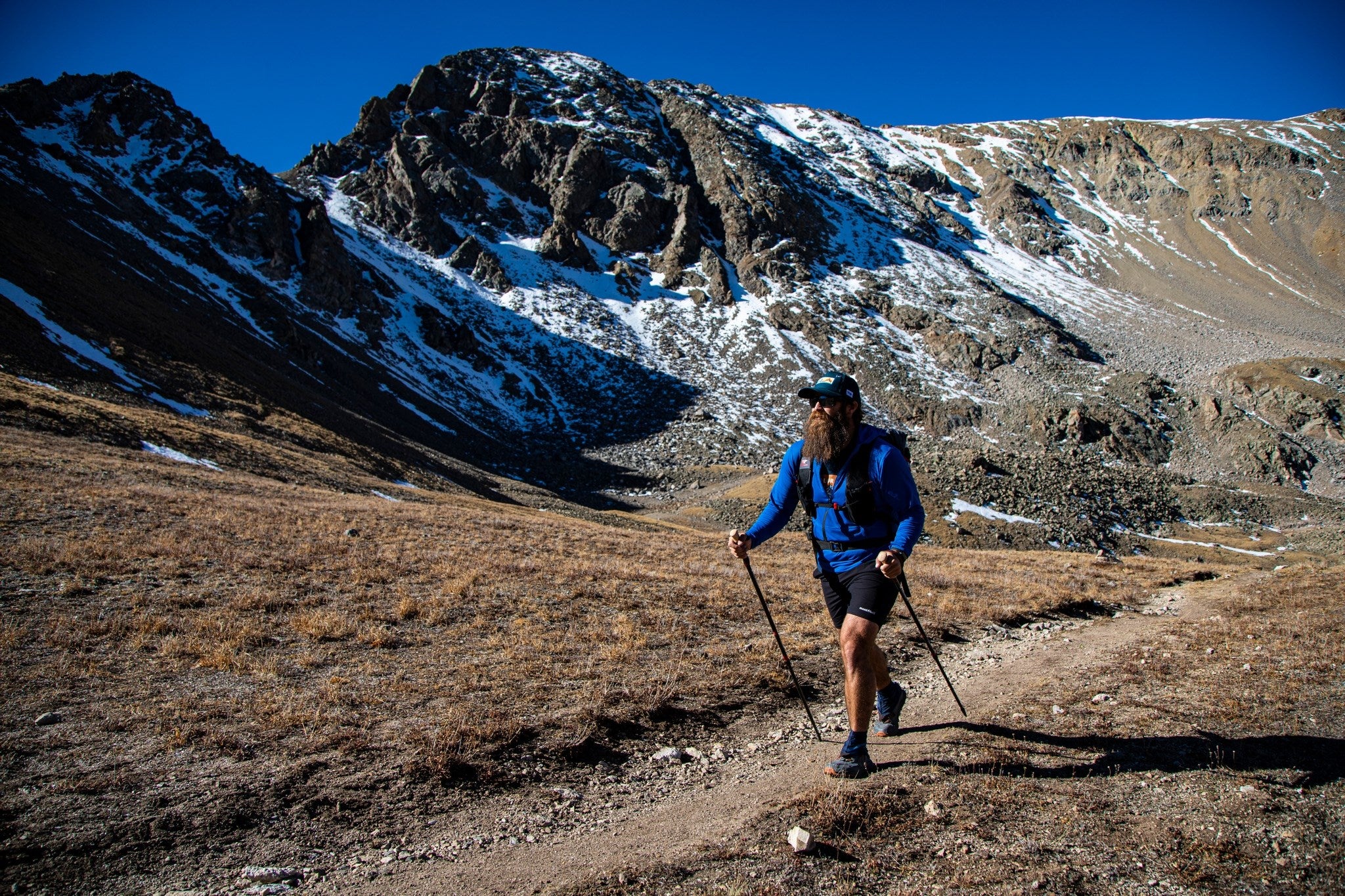
Leave a comment
This site is protected by hCaptcha and the hCaptcha Privacy Policy and Terms of Service apply.